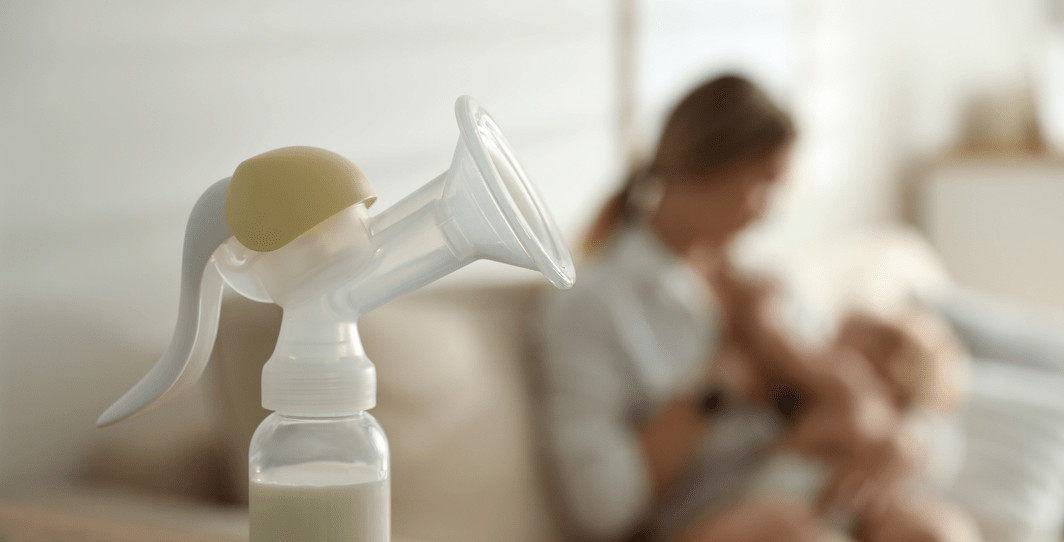Pumping for the Working Mom
By: Anna Nguyen, M.S., CCC-SLP, CLC
Speech-Language Pathologist, Certified Lactation Counselor
Maternity leave coming to an end can trigger a lot of feelings: sadness to leave your baby, excitement to be back at your job, or anxiety about pumping. If you have been breastfeeding your baby for the last few weeks or months, you know the benefits of breastfeeding are worth the effort. Going back to work may mean you have to pump more than you previously did. Maybe you are an exclusive pumper who is used to pumping in the comfort of your home and have not had to worry about milk storage outside of the house. Either way, pumping and working can be a tricky transition.
A general rule of thumb for pumping when separated from your baby is to pump as often as your baby would eat. For a baby around 12 weeks old, that typically means you would need to pump 3 times during your 8:00-5:00 day. It can be easy to worry about supply, saving up, or having enough but all you need is enough for the next day’s bottles. A sample schedule may look like this:
7am: breastfeed baby at home
9/9:30am: pump
12/12:30pm: pump
3/3:30pm: pump
5/5:30pm: breastfeed
**This schedule is only a sample and may look different depending on the needs of you or your baby.
Breastmilk is safe to keep in a closed container in the work fridge. However, some parents prefer to keep their breastmilk in a more personal location or do not have access to a fridge. Other options can include a cooler bag with an ice pack or specially designed thermoses for breastmilk. Be aware that adding warm breastmilk to either a cooler with an ice pack or a thermos may change the temperature of the container as milk comes out at body temperature.
According to the Centers for Disease Control and Prevention (CDC), freshly pumped breastmilk is safe to stay at room temperature for a maximum of 4 hours, can stay in the fridge for up to 4 days, and in the freezer for up to 6 months for best retention of nutrients and 12 months for adequate retention of nutrients. Previously frozen breastmilk should be used within 1-2 hours of it being thawed, up to 24 hours in the fridge, and should NEVER be refrozen after it has been completely thawed. Once a bottle of milk has been given to a baby, the milk should be consumed within 2 hours or less due to bacterial growth that takes place when the milk touches saliva.
Breast pumps are not as efficient at removing milk as a baby and some mothers find difficulty with supply or achieving a letdown when pumping or when separated from their baby. Finding a quiet place at work away from your work to allow yourself to relax, looking at pictures or videos of your baby, or even bringing some of your baby’s clothes or blankets to smell while pumping can help with the hormonal production needed to achieve a letdown.
If you find yourself needing a more personalized schedule for pumping at work, exclusively pumping, or combination feeding your baby, contact me for an evaluation.
Anna Nguyen, M.S., CCC-SLP, CLC
Speech-Language Pathologist, Certified Lactation Counselor
anguyen@wtrc.com


